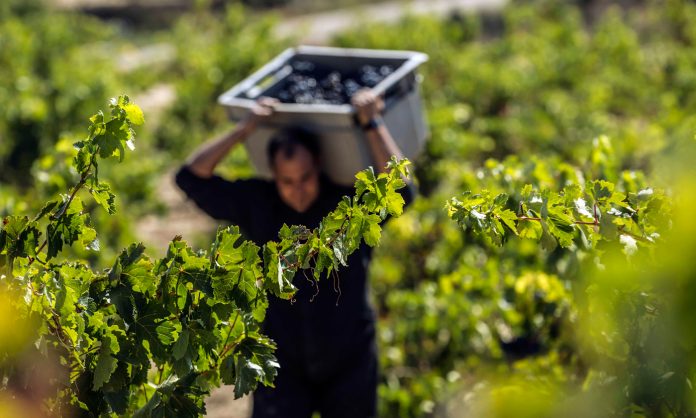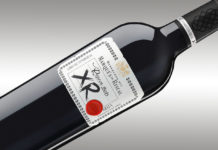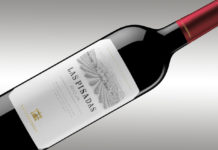
| The reward for a great effort
The Control Board of the DOCa Rioja awarded the 2017 vintage an official rating of ‘VERY GOOD’. The great results regarding quality are due to a growth cycle marked by severe frost in April and drought. In fact, some wines of this vintage received the highest rating scores given in recent years, with extraordinary marks that highlight their great ageing potential. A total of 249,57 million litres of the 2017 vintage qualified for certification under the DOCa Rioja (21,60 white, 12,07 rosé and 215,90 red). The excellent health of the vineyard throughout the growth cycle, with a total absence of significant plagues or disease, was one of the most outstanding characteristics of a harvest which started on 10 August, making it the earliest in the history of Rioja. Good weather accompanied the end of the cycle, with raised expectations regarding production volume after sombre forecasts in view of the drought and the effects of a major frost which affected one third of of Rioja vines in different degrees. The result is a high-quality, low-volume harvest. The characteristics that define the average profile of the 2017 wines include a slightly higher average alcohol content than last year and an interesting diversity marked largely by the small production volumes. We find fine, elegant wines, with a complex, marked Rioja character, very suitable for barrel ageing and for laying down for a long time. The VERY GOOD rating of the 2017 vintage is the average of the marks received by the wines that passed a strict approval process applied to 4.020 samples. These were taken directly from the wineries’ tanks by Control Board staff and subjected to laboratory and sensory tests. These are also used to determine whether the quality of individual wines can in fact be certified, making them suitable for marketing as Rioja wines. The requirements to pass the certification process have become increasingly stricter in recent years, with the inclusion of more demanding standards, thereby ensuring Rioja’s continuance as a quality wine benchmark. Excellent development of the growth cycle Rioja vineyards developed well in the 2017 growing season. Their condition was extraordinarily good across the region, as reported by the Control Board Empowered Overseers Service, which carries out an exhaustive follow-up of all the stages of the growth cycle. In terms of weather, the year stood out for the absence of rainfall and the frost on 28 April, which affected about one third of the vines in Rioja Alta and Rioja Alavesa in varying degrees, significantly reducing their production expectations. Without other setbacks worthy of mention, the end of the growing season enjoyed very stable weather, a happy circumstance that yielded a quality harvest. The whole cycle was earlier than usual for Rioja, to the extent that the 2017 harvest became the earliest in the history of this wine region. Bud break started in the easternmost area of in mid-March, almost 15 days earlier than in 2016, proceeding normally and remaining ahead of schedule until the frost. In the rest of the region, the growth cycle maintained the initial lead. The absence of rainfall during the ripening period and extreme temperatures during the summer accelerated sugar ripening, which is probably the reason why potential alcohol in grapes was slightly higher than the previous year. In general, the end of the cycle experienced very slow ripening, which required paying special attention to phenolic ripening, since initially it was at some distance from sugar ripening. The harvest began in the Rioja Oriental zone, with the picking of the earliest white varieties starting on an unusual date for Rioja, 10 August (three weeks earlier than in the previous year). By late August, canopies were being affected by the prolonged drought and heat, but they recovered thanks to timely rain and were able to continue the ripening process necessary for the positive development of phenolic ripening. Good weather conditions at the end of the cycle made it possible for the harvest to be carried out in stages. The excellent work carried out by the grape growers made it possible to pick each vineyard with well-balanced ripeness and superb grape condition, making it easier to manage the incoming grapes at the winery. To conclude, although scarce, the 2017 harvest yielded wines with slightly higher alcohol contents than the previous vintage, good structure and high ageing potential, so it can be considered a vintage of great quality.
|






